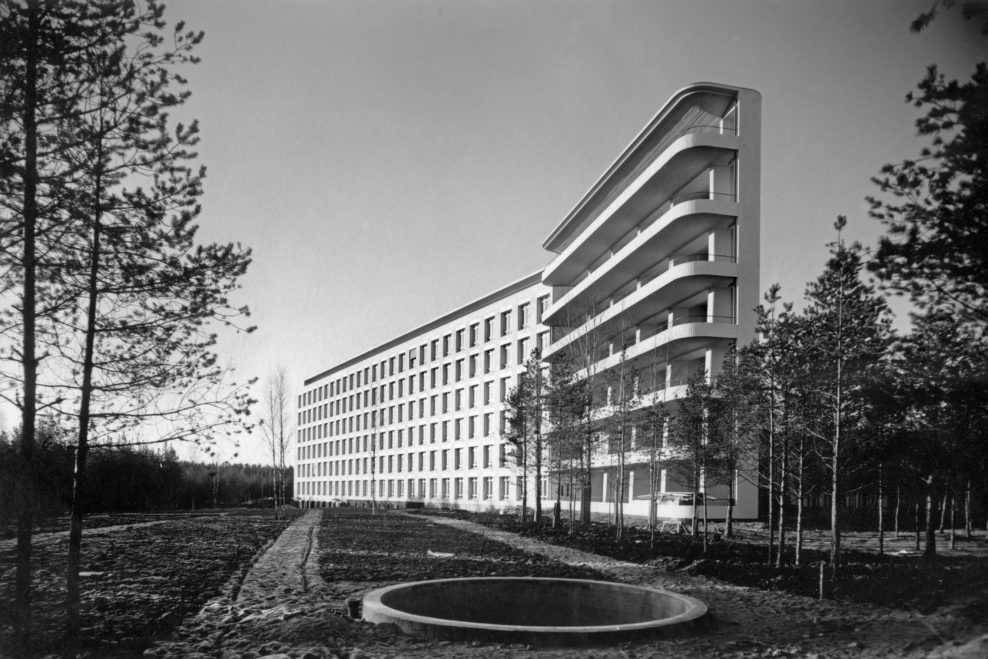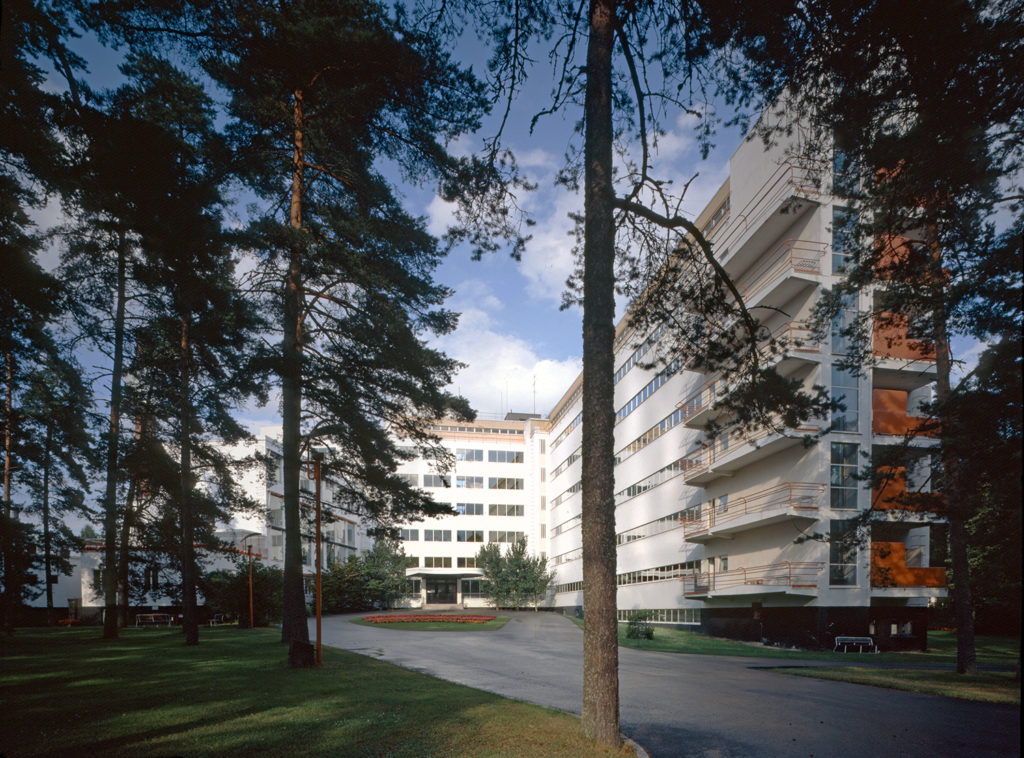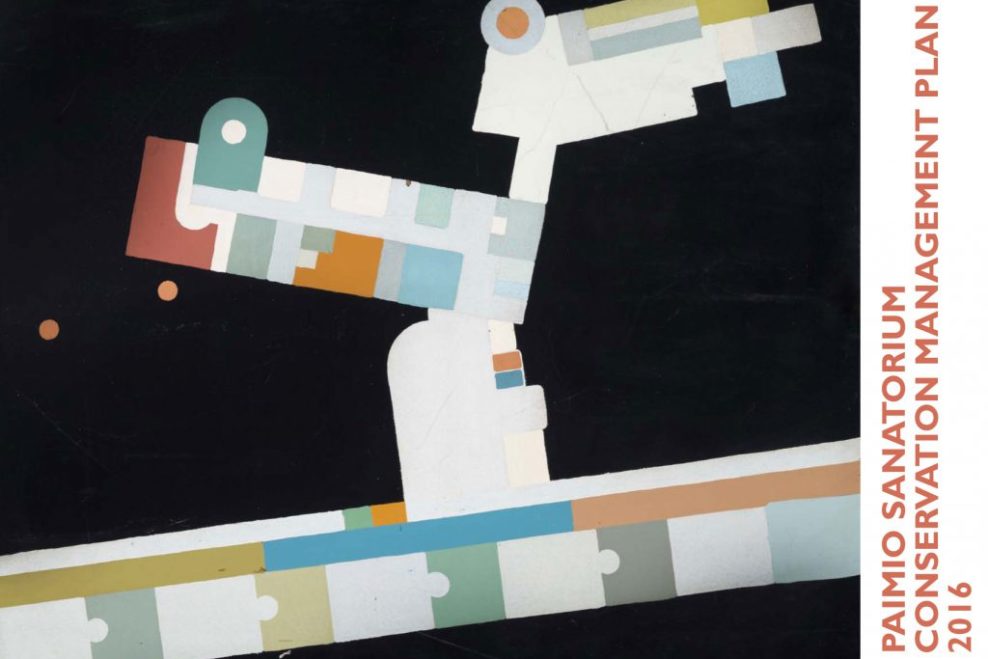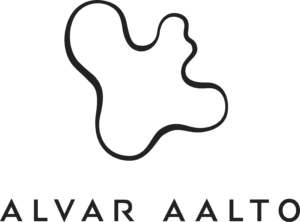The founding document of the Paimio Sanatorium Foundation was signed on 27 October, 2020. The foundation was founded by the Hospital District of Southwest Finland, the State of Finland, the Alvar Aalto Foundation, the City of Paimio and the City of Turku. The Minister of Science and Culture Annika Saarikko and the Minister of the Environment and Climate Change Krista Mikkonen signed the document on behalf of the State.
The elected members of the foundation’s board of directors are MSc Olavi Hiekka (the State of Finland), Managing Director Mika Ingi (the City of Paimio), Director of Urban Planning Timo Hintsanen (the City of Turku), Architect Henna Helander (the Alvar Aalto Foundation), Master of Laws trained on the bench Heikki Alanen (Artek) and CEO Mirkku Kullberg.
Minister Annika Saarikko is delighted about the newly established foundation: ”I am very happy that, together with local stakeholders and experts, we found a solution that enables the long-term development of this internationally significant architectural destination.”
”The Sanatorium, a perfect example of functionalist architecture, helped put Finnish architecture on the global map. The foundation enables us to preserve the architectural and cultural heritage of Aalto’s pioneering work,” Minister Krista Mikkonen commented.
According to the rules of the foundation, the purpose of the Paimio Sanatorium Foundation will be to protect the sanatorium’s facilities and movable assets, as well as its architecturally and culturally significant intellectual and material property and the related values.
The State will provide the foundation with an initial capital of 500 000 euro and commit to finance the foundation with a minimum of 2.5 million euro in the next four years. This additional funding is non-recurring. The Alvar Aalto Foundation, the City of Paimio and the City of Turku will grant the foundation with an initial capital of 30 000 euro each.
The owner of the Paimio Sanatorium, the council of joint authority of the Hospital District of Southern Finland, will hand over the sanatorium’s facilities, including both buildings and movable assets, to the foundation.
“This arrangement allows us to do our share in securing the conservation of a valuable property and its movable assets, as well as the continuity and fostering of cultural heritage,” says Matti Bergendahl, the Group CEO of the Hospital District of Southern Finland.
Paimio Sanatorium considered Aino and Alvar Aalto’s breakthrough project
Paimio Sanatorium, designed by Aino and Alvar Aalto in 1929 and completed in 1933 as a tuberculosis hospital, is a global landmark of functionalist architecture. Along with Viipuri Library, which was built two years later, Paimio Sanatorium propelled the designers Alvar and Aino Aalto onto the global stage. Finnish architecture became an international concept, which built not only the Aaltos’ reputation but also the Finnish national identity.
The sanatorium, based on the Aaltos’ winning design for a January 1929 competition, was an exceptional and holistic work of art, which focused on the healing properties of architecture, and its relationship with the human body. A tuberculosis sanatorium provided a particularly apt opportunity to embrace the 1930s’ new functionalist ideas for planning, construction and design.
The location of each hospital wing in the landscape was chosen according to light and temperature fluctuations. The terraces, for example, faced in the direction that combined the healing effects of the surrounding nature, clean air, and pine forests. Bold concrete structures and advanced building technology also played a key role in both architectural and functional design and the colours selected for the interior spaces were all carefully considered parts of the architecture.
The building complex, which was divided into several parts according to their function, followed the Aaltos’ vision down to the smallest details of the furniture. The Paimio chair designed for the sanatorium became one of Alvar Aalto’s most famous furniture items, and one of the classics of its time.
“The Paimio Sanatorium was personally important to Alvar Aalto, even before its completion. Paimio gave the up and coming architect the chance to enhance his portfolio in the fields of architecture, furniture and lighting. The Paimio Sanatorium was a landmark not only in Aalto’s career but also in the history of building design”, says Tommi Lindh, the Managing Director of the Alvar Aalto Foundation. “A crucial future duty for the Alvar Aalto Foundation will be to help the new Paimio Sanatorium Foundation establish how the facilities will be used in the future and aim to retain the value and historical significance of the land, buildings and movable assets for future generations”, he continues.
Tuberculosis patients were treated in the sanatorium until the 1960s, after which it was gradually turned into a general hospital. Hospital operations ceased in the mid-2010s, and new purposes for the facilities have been discussed ever since.
It’s clear that the building complex of the Paimio Sanatorium has an important and multidisciplinary role regionally, nationally and internationally.
Enquiries:
CEO Tommi Lindh
Alvar Aalto Foundation
Tel. +358 44 562 1625
tommi.lindh@alvaraalto.fi
President Mirkku Kullberg
Board of the Alvar Aalto Foundation
Tel. +358 40 563 6636
mirkku.kullberg@glasshousehelsinki.com
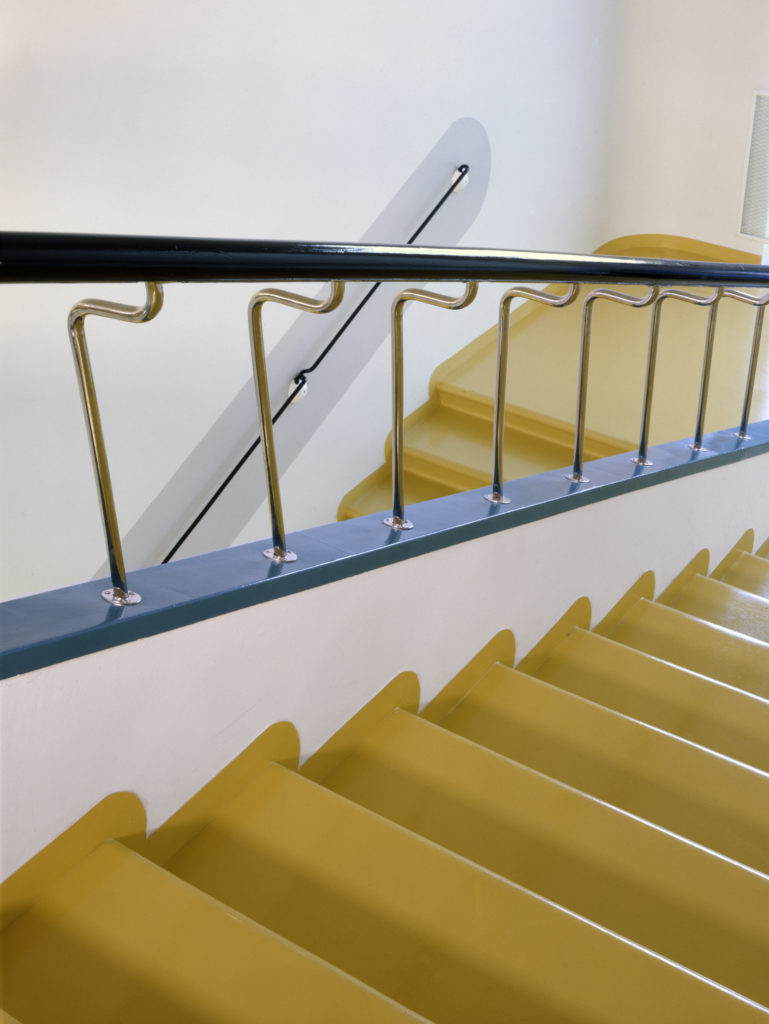
Photos:
Paimio Sanatorium (1929-33), main entrance. Photo Maija Holma © Alvar Aalto Foundation.
Stairs of the Paimio Sanatorium (1929-33). Photo Maija Holma © Alvar Aalto Foundation.
The press release has been updated on October 28, 2020.
